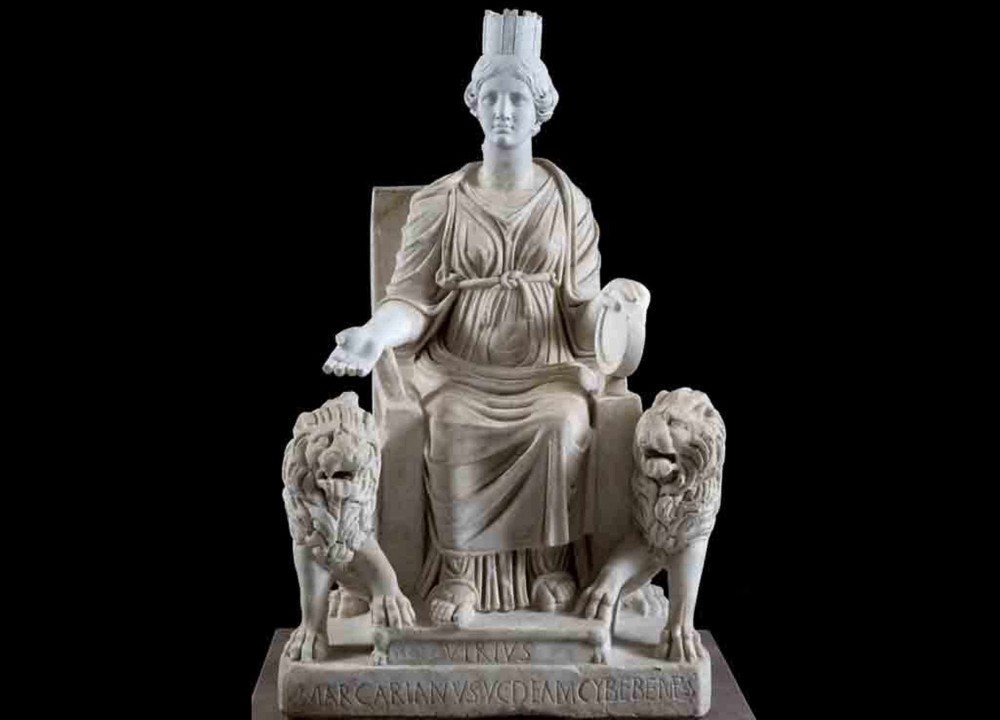
The purpose of the paper is to study the process of the rise of the worship and spread of the cult of the (Great) Mother of the Gods in the Northern Black Sea region and Great Scythia in the Archaic and Classical periods (the 6th — 4th centuries BCE) based on the analysis of historical sources. Scientific novelty: the sites related to the Archaic and Classical periods, discovered in the territory of the Northern Black Sea region and Great Scythia and traditionally associated with the Asia Minor cult of Cybele, are studied holistically. They are characterized by the following types of historical sources: written evidence, sgraffito, and sculptural material. The geography of spreading, ways of worship, and peculiar features of that belief in the ancient Greek colonies of the Northern Black Sea region are determined. It is envisaged that the presence of that cult among the Scythians was highly doubtful. Conclusions. In the course of the conducted research, it is found out that in the first centuries after it infiltrated the Northern Black Sea region, the cult of the Mother of the Gods gained great popularity. This is evidenced by the vast territory of its spreading: Olbia, Niconion, Kerkinitida, the Bosporan Kingdom: Panticapaeum, Myrmēkion, Nýmphaion, Kytaion, and other settlements. In the 4th century BCE, the cult spread to the Asian part of the Bosporus, as evidenced by finds in the territory of Phanagoria and Gorhippia. The analyzed sources indicate that, at that time, the cult of Cybele could have both a private and a more general character. In Olbia, the Mother of the Gods probably acted as the patroness of the entire polis, since one of her divine powers was the protection of cities. In addition, Cybele by nature was a chthonic deity, accordingly personified the powers of fertility and manifested herself as the mistress of the dead. At that time, a peculiar feature of the studied belief was the absence of worship of Attis, the companion-paredros of the Mother of the Gods. On the other hand, the assumptions about the spread of the cult of Cybele among the Scythians do not have any clear iconographic confirmations. The image of the ‘Mistress of Animals’ on jewelry found in Scythian mounds does not correspond to the traditional iconography of the Mother of the Gods. Perhaps they were a depiction of Asia Minor or Middle Eastern goddesses, whose images formed the basis of the representation of some still unidentified Scythian female deity.
Source: Korchak A. (2022). Cult of Mother of Gods in Northern Black Sea Region and Great Scythia in Archaic and Classical Periods (6th – 4th centuries BCE). Eminak: Scientific Quarterly Journal. 2(38): 26-42
Source web-site: https://eminak.net.ua/index.php/eminak/article/view/579/403
Number of views: 1415